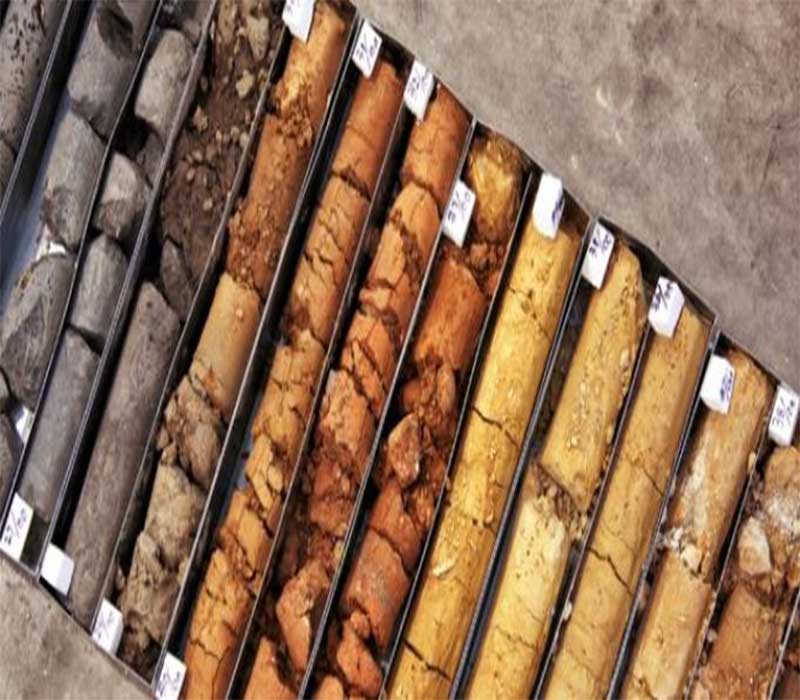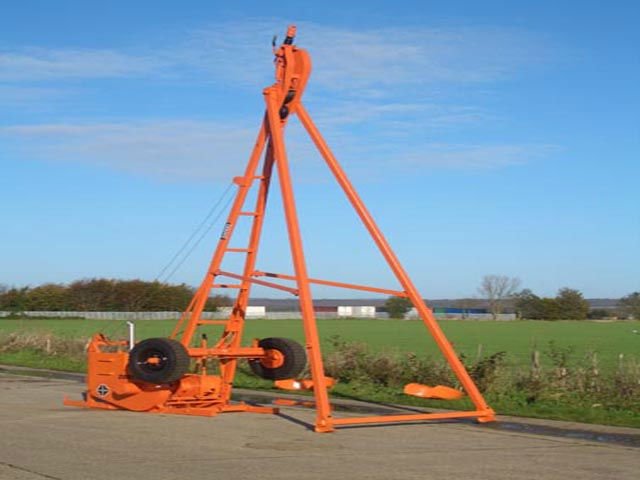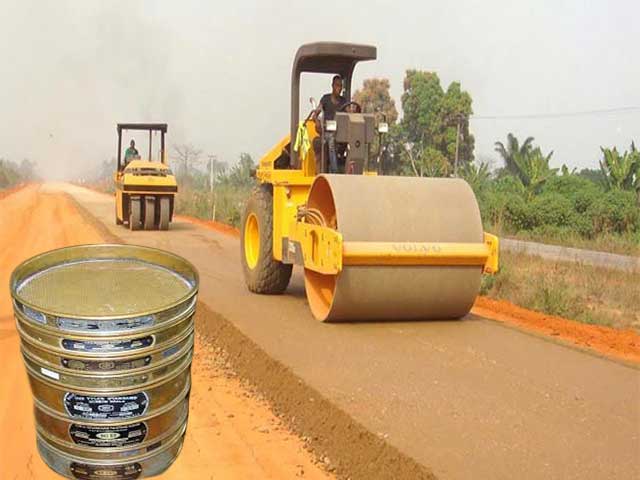Types of soil test required for your building project – Be guided.
Types of soil test required for your building construction project when you commission a Geotechnical engineer or Engineering Geologist for Soil testing
Various tests on soil are conducted to determine the quality of soil for building construction. Some tests are conducted in laboratory and some are in the field. Here we will discuss about the importance of various soil tests for building construction. The tests on soil are as follows.
Moisture content test
Atterberg limits tests
Specific gravity of soil
Unit Weight / Dry Density Test on Soil
Compaction test (Proctor’s test)
The grain size distribution (Sieve Analysis)
Unconfined Compressive Strength of Soils/ Triaxial Strength
Standard Penetration test
Classification of soil
Moisture content test
The moisture content or water content of soil is the ratio of mass of water to mass of soil which is expressed in percentage. Oven Dry Method is commonly used to determine the water content of soil in laboratory. The moisture content is used in determining the bearing capacity, settlement and also give an idea of the state of soil in the field.
Atterberg limits tests
At low moisture the soil will behave as a solid, but with increasing moisture, it becomes plastic. With excess moisture it will flow like a liquid. This is very important when trying to build on these type of materials. The two commonly determined Atterberg Limits represent the moisture contents at which a specific soil’s behavior changes from solid to plastic (Plastic Limit) and from plastic to liquid (Liquid Limit). The numerical difference between the liquid limit (LL) and the plastic limit (PL) is called the Plasticity Index or PI which is the moisture content range over which the soil will behave in a plastic manner.
In combination, the LL and the PI are used to differentiate (classify) silts and clays of high and low plasticity. In the field, the Atterberg Limits, can be used as a guide indicating how much a soil is likely to settle or consolidate under load. If the field moisture is near the liquid limit, a lot of settlement is likely. The opposite is true if the field moisture is near or below the plastic limit. .
To measure the critical water content of a fine grained soil, Atterberg provided 3 limits which exhibit the properties of fine grained soil at different conditions. The limits are liquid limit, plastic limit and shrinkage limit. These limits are calculated by individual tests.
Specific gravity of soil
The Pycnometer is used for determination of specific gravity of soil particles of both fine grained and coarse grained soils. The determination of specific gravity of soil will help in the calculation of void ratio, degree of saturation and other different soil properties. The major measuring equipment in this test is Pycnometer. This is a glass jar of 1 litre capacity that is fitted at its top by a conical cap made of brass. It has a screw type cover. There is a small hole at its apex of 6mm diameter. The leakage is prevented by having a washer between the cap and the jar.
Unit Weight / Dry Density Test on Soil
The calculations of overburden stresses within a soil mass require evaluations of the unit weight or mass density of the various strata. The measurement of unit weight for undisturbed soil samples in the laboratory is simply determined by weighing a portion of a soil sample and dividing by its volume. This is convenient with thin-walled tube (Shelby) samples. The water content should be obtained at the same time to allow conversion from total to dry unit weights, as needed. Unit weight is defined as soil weight per unit volume (units of kN/m3) and Soil dry density is measured as mass per volume (in either g/cc or kg/m3). In common use, the terms “unit weight” and “density” are used interchangeably.
Dry density of soil is calculated by core cutter method and sand replacement method.
Core Cutter Method: Cylindrical core cutters of 130mm long and 100mm diameter are used for testing the in-situ compaction of cohesive and clay soils placed as fill. By using core cutter method, bulk density of soil can be quickly calculated and by determining the moisture content of the soil the dry density of the fill can be calculated and hence the voids percentage. A high percentage of voids indicates poor compaction of soil. A cylindrical core cutter is a seamless steel tube. For determination of the dry density of the soil, the cutter is pressed into the soil mass so that it is filled with the soil without disturbing the core contents. The cutter filled with the soil is lifted up. The mass of the soil in the cutter is determined and the dry density is obtained.
Sand Replacement Method: The sand replacement test method is used to determine in situ dry density of soil. This test is of significant importance and it has been widely used in various construction project sites.
The field density of natural soil is required for the estimation of soil bearing capacity for the purpose of evaluation of pressures on underlying strata for computation of settlement, and stability analysis of natural slope.
The sand replacement test method is also used to determine the in-place density of compacted soil in order to compare it with the designated compaction degree, hence it specifies how much the compaction of the soil is close to the designated compaction degree.
Compaction test (Proctor’s test)
Proctor’s test is conducted to determine compaction characteristics of soil. Compaction of soil is reducing air voids in the soil by densification.
Need for Determining Optimum Moisture Content (OMC) of the Soil
The soil at the construction site must be stable enough to carry the loads from the structures through footings without undergoing undesirable settlements during the construction process and during the service period.
The construction site is hence treated and compacted based on the site investigation report. The amount of compaction required for the soil in the respective area varies from site to site.
To determine the amount of compaction required by the soil and the optimum water content for compaction, the compaction tests are conducted on the soil from the site in the laboratory.
The standard Proctor Compaction test was developed by R.R Proctor in 1933. Proctor showed that:
The soil moisture content and the degree of dry density to which the soil is prepared to be compacted maintain a definite relationship.
The Optimum moisture content (OMC) or Optimum Water Content (OWC) is the moisture content at which the soil attains maximum dry density. This OMC value is with respect to the specific amount of compaction energy applied to the soil.
The scope of the Standard proctor compaction test is to determine the relationship between the moisture content and the density of the soil that is compacted in a mold with a rammer of 2.5kg dropped at a height of 305mm.
Relationship between maximum dry density and optimum moisture content of soil can be obtained from soil compaction curve obtained from Standard Proctor Compaction Test. This relationship helps in determining the optimum water content at which the maximum dry density of soil can be attained through compaction
The grain size distribution (Sieve Analysis)
In sieve analysis, percentages of various grain sizes are determined. The grain size distribution is used to determine the textural classification of soils (i.e., gravel, sand, silty clay, etc.) which in turn is useful in evaluating the engineering characteristics such as permeability, strength, swelling potential, and susceptibility to frost action.
Wash a prepared representative sample through a series of sieves (screens). The amount retained on each sieve is collected dried and weighed to determine the percentage of material passing that sieve size.
Unconfined Compressive Strength of Soils/ Triaxial Strength
Unconfined Compressive Strength determines the undrained shear strength (cu) of clay and silty clay soils. Trialaxial Strength determines strength characteristics of soils including detailed information on the effects of lateral confinement, pore water pressure, drainage and consolidation. Triaxial tests provide a reliable means to determine the friction angle of natural clays & silts, as well as reconstituted sands. The stiffness (modulus) at intermediate to large strains can also be evaluated.
Standard Penetration test
The standard penetration test (SPT) is performed during the advancement of a soil boring to obtain an approximate measure of the dynamic soil resistance, as well as a disturbed drive sample (split barrel type).
The procedures for the SPT are detailed in ASTM D 1586 and AASHTO T-206. The SPT involves the driving of a hollow thick-walled tube into the ground and measuring the number of blows to advance the split-barrel sampler a vertical distance of 300 mm (1 foot). A drop weight system is used for the pounding where a 63.5-kg (140-lb) hammer repeatedly falls from 0.76 m (30 inches) to achieve three successive increments of 150-mm (6-inches) each. The first increment is recorded as a “seating”, while the number of blows to advance the second and third increments are summed to give the N-value (“blow count”) or SPT-resistance (reported in blows/0.3 m or blows per foot). If the sampler cannot be driven 450 mm, the number of blows per each 150-mm increment and per each partial increment is recorded on the boring log.
Classification of soil
Soil classification is the grouping of the soil with similar engineering properties into a category based on index test results; e.g. group name and symbol. Classification tests can be performed by the laboratory on representative samples to verify identification and assign appropriate group symbols
Talk to us for your upcoming project in Soil Testing
Geodata Evaluation & Drilling LTD. offers Geotechnical Soil Testing services. Let us handle the project for you. contact us at www.geodatadrilling.com Phone: +234 8037055441



